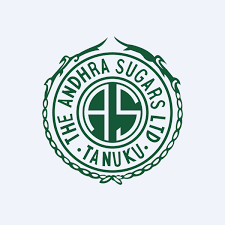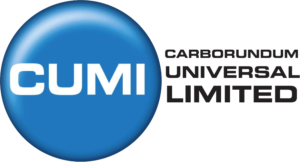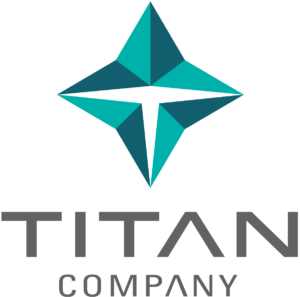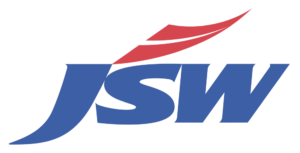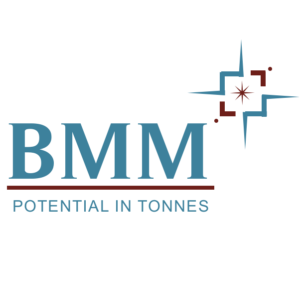- Home
- About UsMenu
- Facilities
- ProductsMenuMenu
- Clients
- Contact Us
- Home
- About UsMenu
- Facilities
- ProductsMenuMenu
- Clients
- Contact Us






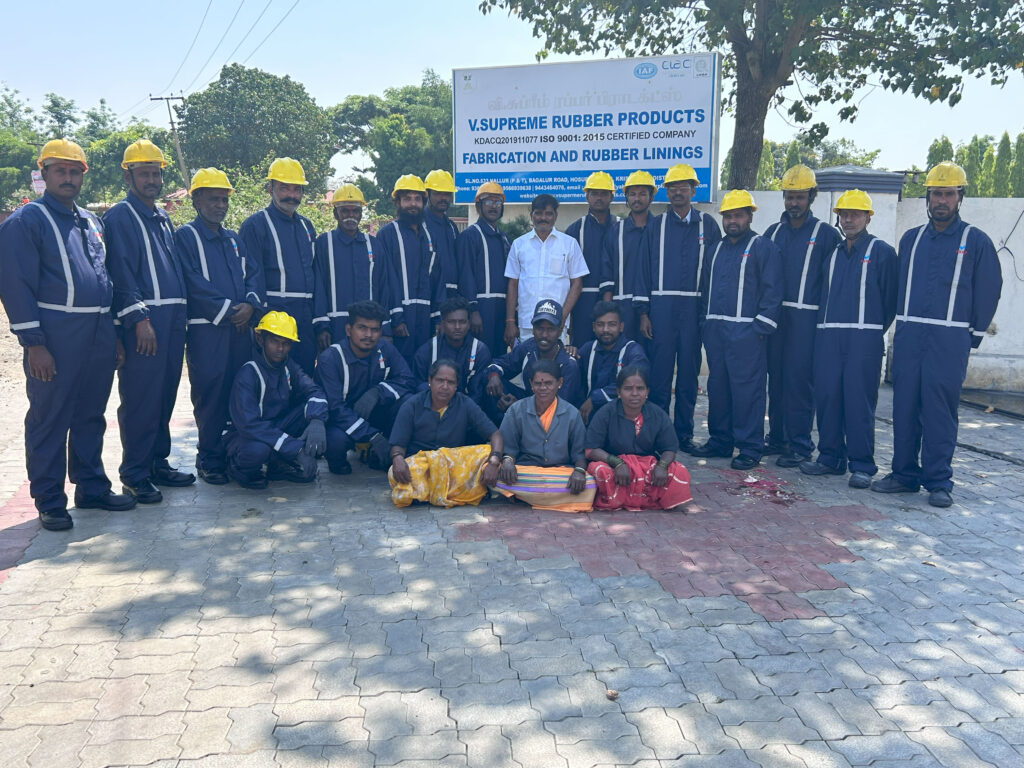
A rubber lining is a tough elastic polymeric material used to coat exterior surfaces or the interior of containers (e.g., tanks, pipes and other vessels) that house fluids to prevent corrosion. Rubber linings are used to prevent corrosion, substance contamination, ignition and explosion.
Steel fabrication is the process involving the transformation of raw steel into a product or item that can be used in construction or assembly. Steel is considered an alloy of iron and other metals. There are a wide variety of different kinds of steels, which are used in structural and fabrication operations. Essentially, fabrication is basically making a metal into the shape you need..
Abrasive blasting, more commonly known as sandblasting, is the operation of forcibly propelling a stream of abrasive material against a surface under high pressure to smooth a rough surface, roughen a smooth surface, shape a surface or remove surface contaminants.
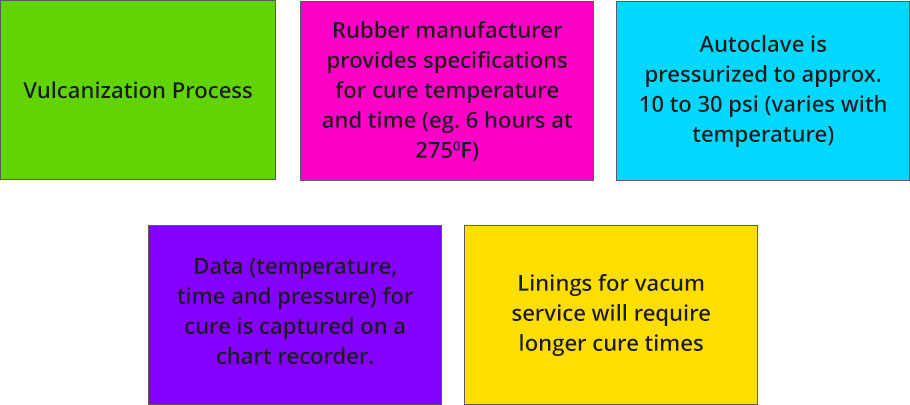

Methods:


